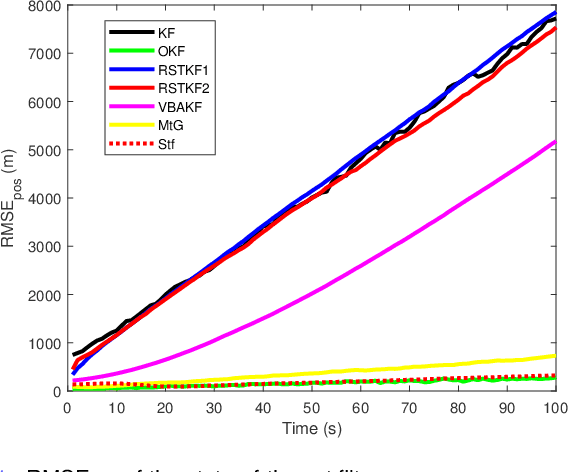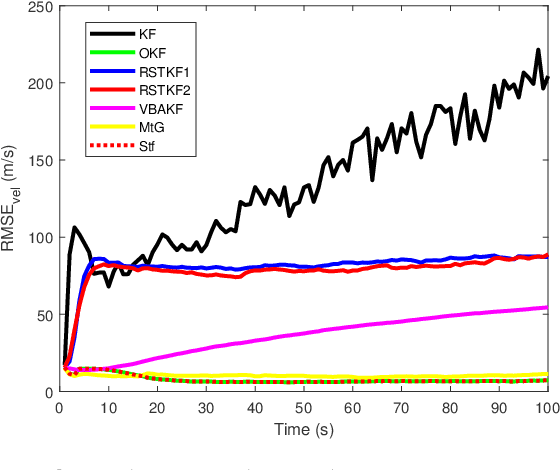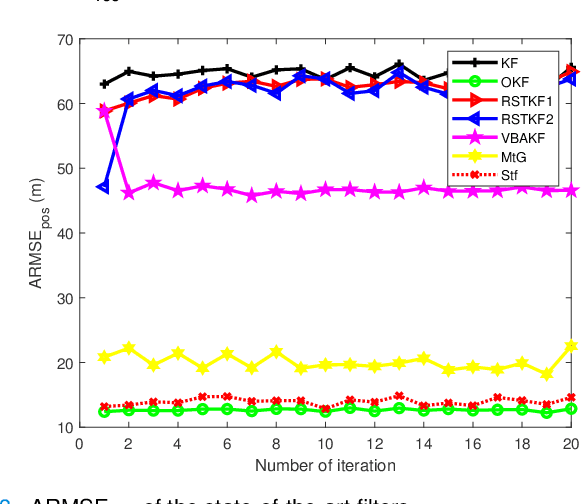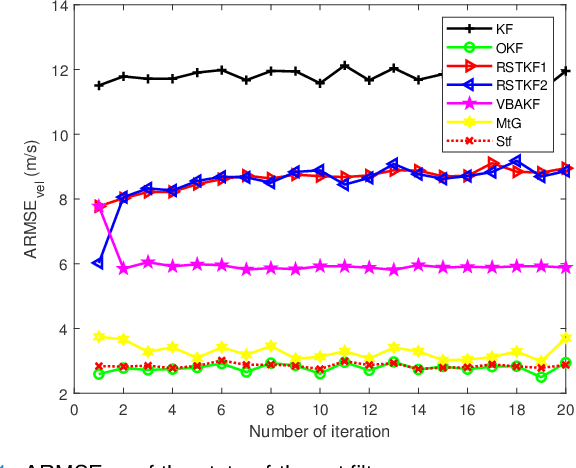Ziyang Meng
Prompt2Auto: From Motion Prompt to Automated Control via Geometry-Invariant One-Shot Gaussian Process Learning
Sep 17, 2025Abstract:Learning from demonstration allows robots to acquire complex skills from human demonstrations, but conventional approaches often require large datasets and fail to generalize across coordinate transformations. In this paper, we propose Prompt2Auto, a geometry-invariant one-shot Gaussian process (GeoGP) learning framework that enables robots to perform human-guided automated control from a single motion prompt. A dataset-construction strategy based on coordinate transformations is introduced that enforces invariance to translation, rotation, and scaling, while supporting multi-step predictions. Moreover, GeoGP is robust to variations in the user's motion prompt and supports multi-skill autonomy. We validate the proposed approach through numerical simulations with the designed user graphical interface and two real-world robotic experiments, which demonstrate that the proposed method is effective, generalizes across tasks, and significantly reduces the demonstration burden. Project page is available at: https://prompt2auto.github.io
VGA: Vision GUI Assistant -- Minimizing Hallucinations through Image-Centric Fine-Tuning
Jun 20, 2024



Abstract:Recent advances in Large Vision-Language Models (LVLMs) have significantly improve performance in image comprehension tasks, such as formatted charts and rich-content images. Yet, Graphical User Interface (GUI) pose a greater challenge due to their structured format and detailed textual information. Existing LVLMs often overly depend on internal knowledge and neglect image content, resulting in hallucinations and incorrect responses in GUI comprehension.To address these issues, we introduce VGA, a fine-tuned model designed for comprehensive GUI understanding. Our model aims to enhance the interpretation of visual data of GUI and reduce hallucinations. We first construct a Vision Question Answering (VQA) dataset of 63.8k high-quality examples with our propose Referent Method, which ensures the model's responses are highly depend on visual content within the image. We then design a two-stage fine-tuning method called Foundation and Advanced Comprehension (FAC) to enhance both the model's ability to extract information from image content and alignment with human intent. Experiments show that our approach enhances the model's ability to extract information from images and achieves state-of-the-art results in GUI understanding tasks. Our dataset and fine-tuning script will be released soon.
Robust Kalman filters with unknown covariance of multiplicative noise
Oct 17, 2021



Abstract:In this paper, state and noise covariance estimation problems for linear system with unknown multiplicative noise are considered. The measurement likelihood is modelled as a mixture of two Gaussian distributions and a Student's $\emph{t}$ distribution, respectively. The unknown covariance of multiplicative noise is modelled as an inverse Gamma/Wishart distribution and the initial condition is formulated as the nominal covariance. By using robust design and choosing hierarchical priors, two variational Bayesian based robust Kalman filters are proposed. Stability and covergence of the proposed filters, the covariance parameters, the VB inference, and the estimation error dynamics are analyzed. The lower and upper bounds are also provided to guarantee the performance of the proposed filters. A target tracking simulation is provided to validate the effectiveness of the proposed filters.
 Add to Chrome
Add to Chrome Add to Firefox
Add to Firefox Add to Edge
Add to Edge